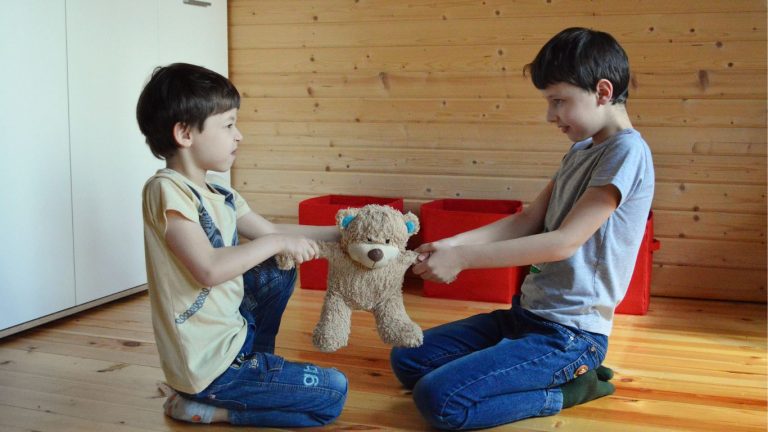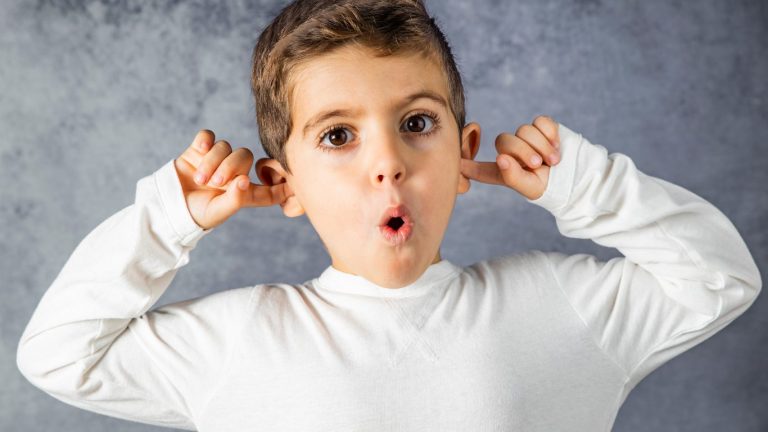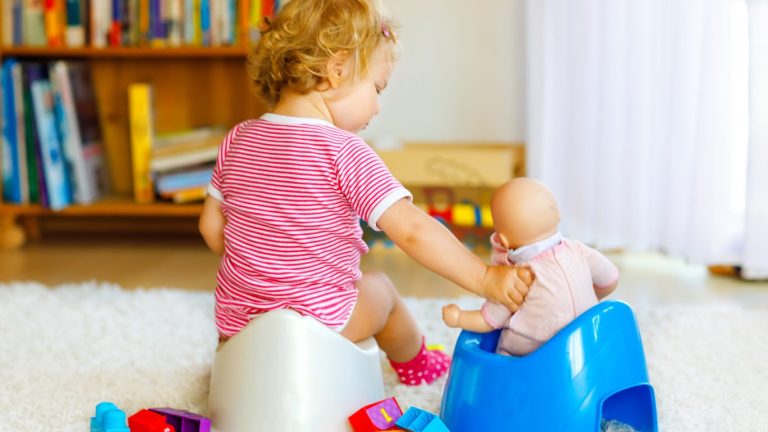The colder months are a great time to get into arts and crafts with your preschooler. It’s not just fun, they’re learning too. Whether you love getting messy and trying new things with your children or have never explored art activities at home before, there will be an idea here for new crafts for preschoolers in your house!
Why is art important for children? There are so many reasons! Here are a few….
- It is one way that they are able to express themselves.
- Children, particularly children under two years of age, learn primarily through the senses; arts and crafts provides this sensory learning.
- It is fantastic for developing all the small muscles in hands and fingers giving them dexterity. This dexterity is needed later for writing and self-help skills such as doing up buttons and zips.
- Children have a natural desire to explore. If children are not given outlets for this they will find their own way; for example playing with liquid soap in the bathroom or drawing on walls!
- It’s a fun way to explore shape, size and colours.
- With art there is no right or wrong way. Children are able to make choices and lead their own play.
Art ideas for over twos and what they are learning.
As well as paint brushes, be creative in what could be a paintbrush – an old toothbrush, bird feather, twigs, clean fly swat, cotton buds or chop sticks. Develops an ability to hold and control an object. Enhances small muscle skills, including the important pincer grip.
Stamping and prints – Blow up a balloon to a third of its normal size and then dip in paint before tapping all over the paper, cut kitchen sponge into letters or shapes, use wood and rubber stamps. If you are not particularly ‘crafty’ yourself then the dollar stores have a wide and affordable selection of stamps for art. Do finger painting on a tray or table and press paper down to take a print. This teaches the concept of cause and effect as they see that each object makes a different print. Letter stamps are great for literacy skills.
Collage box – Start your own collage box in a shoe box. Add buttons, material scraps, old cards and wrapping paper, chocolate wrappers and natural materials collected with your child. Enhances sorting skills and sensory play.
Think outside the square, with paper that is. Provide triangles, hexagons or star shapes to draw on or decorate. With Easter a large oval shape could be a good blank canvas to start with. Provide large sheets of paper to cover a whole table or big cardboard boxes to draw on. Develops shape recognition and dexterity if they help to cut out the paper shapes. Larger scale work brings in the whole body as children bend and reach to cover the paper and allows them to ‘think big’.
Provide a wide range of colours and shades. Often when we think of painting we think of bright primary colours. Consider using pastels and different shades of one colour. You could use blue from light to almost black/blue. Include white, brown and black paints. Language skills can be included describing the colours as, blue as the sky or brown like chocolate. Children can mix their own colours developing science skills.
Have a safe mirror by your child for a self-portrait. Encourage them to take their time and really look at their face. You may find that your child adds a lot more detail and instead of a line for a mouth you may get a mouth shape and a few teeth. The more you repeat this activity the more detail they notice and put in (mostly suited for over 3’s). Develops self-awareness and a positive self-image.
Art on the go – Next time you go to the zoo or beach, take some paper and pencils and your child could sit and draw what takes their interest. Even going in your own backyard may provide inspiration! Later you could write a short story together to go with it or record the words your child says about their picture. Brings in the wider world in their learning.
Have a space for your child’s art work so they can stop and return to it later. It may be that they work on it over a week returning to add new ideas and details. Consider art projects such as paper mache that have steps over several days. Develops pride in their work and the opportunity to have time to create something really special to them.
Include your own child’s culture in their art and the cultures in your community. Talk to older family members for ideas and traditions, do some online research or visit art galleries to learn together. Go to festivals in your community or visit the local marae. Children can view their own and other cultures in a positive way through art and have pride in their culture.
Art and under two year olds
For under two year olds in particular, art is about the process rather than the end product. Infants and toddlers can do many of the above art projects but would need closer supervision and items chosen would need to be larger to reduce any choking risks. With this age everything must be safe to go in the mouth as it undoubtedly will end up there at some stage! Ensure your paint is designed for children and non-toxic if you purchase it.
For toddlers you may like to tape the paper down to the table so it doesn’t slide all around and frustrate them.
Give a roller brush to paint a box. Develops large muscles and balance.
Dip plastic cars in paint to drive back and forth on the paper to make tyre tracks. Pretend play is incorporated.
For infants do hand and foot prints and then date and frame. Their development at that time is captured and treasured.
To make it practical at home sit in the bath with the paints and paper and let them explore to their hearts content. When finished turn on the warm shower and wash baby and bath clean. Learning through sensory exploration.
Art can be a social experience. Invite other caregivers or parents over for an art morning and then you could take turns hosting one. Children learn from watching and observing others.
Place a ball in a large shallow container, add some paint and let your toddler move the ball with their hands or by shaking and tipping the container. Understanding cause and effect, movement and dexterity in the hands.
Finger paint recipe: 4 cups cold water, 2 cups of flour, food colouring. Mix water and flour then cook over a low heat till it thickens. Stir or whisk as it cooks. At the end add a few drops of food colouring and mix in. Cool and then put in a container with a lid and refrigerate.
Practical tips
Have everything you need ready before you start. This includes all the paints, brushes, paper, flannels or wet wipes for cleaning hands and faces. Have your camera or phone nearby ready to take photos so you don’t have to go and get it. You might like to have old clothes that are kept just for wearing during art for both of you! An old sheet makes a good drop cloth to go under the table/easel. Have a box or clear file for storing art. It can also be used as wrapping paper for gifts or turned into cards for family and friends.
What art projects have been really successful with your children?
For more fun arts and crafts ideas, join Footsteps on Facebook!
You can also check out the Kiwi Families Make it At Home blog or have a look at our Arts and Crafts section.





